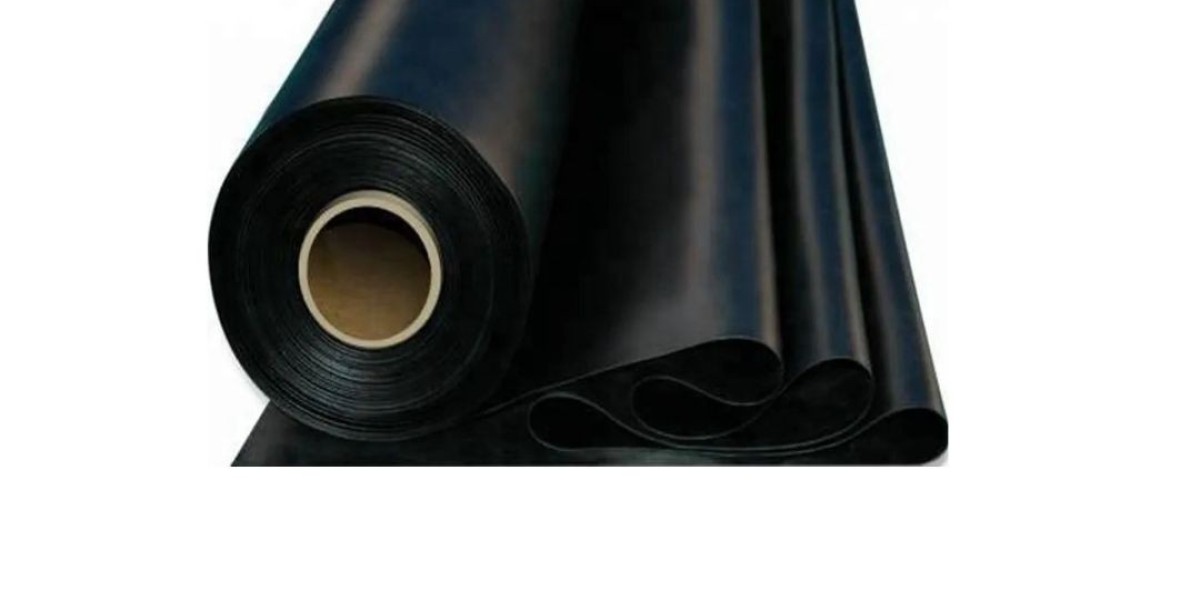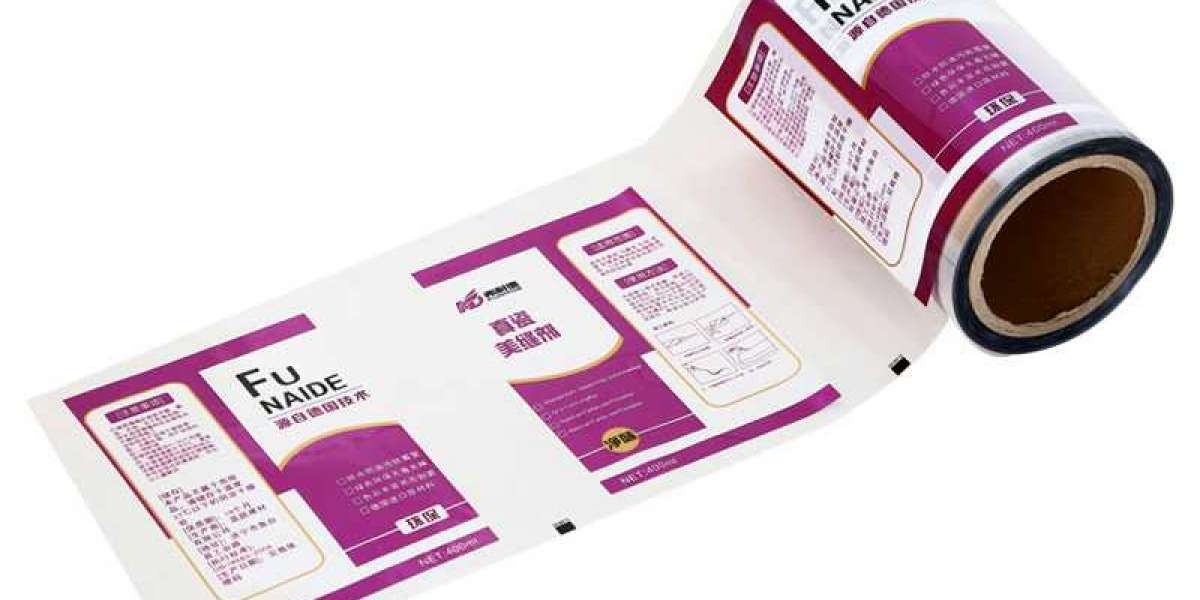Geomembrane sheets have become an essential part of many modern engineering projects, especially in construction and environmental protection. These durable, flexible materials play a critical role in preventing contamination, controlling erosion, and improving the overall longevity of various infrastructures. In this guide, we will explore the uses, manufacturing process, and benefits of geomembrane sheets, along with insights into the industry, including the key players such as Geomembrane suppliers, HDPE geomembrane sheet providers, and geomembrane manufacturers.
What is a Geomembrane Sheet?
A geomembrane sheet is a synthetic membrane or liner made from materials like high-density polyethylene (HDPE), polyvinyl chloride (PVC), and other polymers. These sheets are primarily used to control fluid or gas movement within a structure or barrier. The primary purpose of a geomembrane is to act as an impermeable barrier, providing containment in various projects like landfills, mining operations, wastewater treatment facilities, and agriculture.
Types of Geomembrane Sheets
There are several types of geomembrane sheets, depending on the materials used and their applications. The most common types include:
- HDPE Geomembrane Sheet: High-Density Polyethylene (HDPE) is the most widely used material for geomembranes due to its strength, flexibility, and resistance to chemicals. HDPE geomembrane sheet are ideal for applications that require high durability and protection against environmental stresses, such as landfill liners and mining projects.
- PVC Geomembrane Sheet: Polyvinyl Chloride (PVC) geomembranes are flexible and easy to install. They are often used in applications where elongation and conformability are important, such as water containment or agricultural ponds.
- LLDPE Geomembrane Sheet: Linear Low-Density Polyethylene (LLDPE) geomembranes are a variation of HDPE with enhanced flexibility. These sheets are used in projects where irregular contours need to be covered.
Applications of Geomembrane Sheets
Geomembrane sheets are used in various industries for different applications. Some of the most common uses include:
- Landfills: One of the primary applications of geomembrane sheets is in landfill lining and capping. These sheets prevent the leakage of hazardous materials into the surrounding soil and groundwater, protecting the environment.
- Mining: In mining operations, geomembrane sheets are used for tailings ponds, heap leach pads, and water containment systems. The high resistance to chemicals makes HDPE geomembrane sheets an ideal choice for such applications.
- Water Containment: Geomembranes are also widely used in water containment systems such as ponds, reservoirs, and canals. The sheets ensure that water is contained effectively without seepage into the ground.
- Agriculture: In agriculture, geomembrane sheets are used for lining irrigation ponds and canals, controlling soil erosion, and preventing water wastage.
The Role of Geomembrane Suppliers and Manufacturers
The geomembrane industry is supported by numerous geomembrane suppliers and manufacturers who produce high-quality sheets for various applications. These suppliers ensure the availability of geomembrane sheets in different sizes, thicknesses, and materials to meet the diverse needs of industries such as construction, mining, and agriculture.
Geomembrane Suppliers
Geomembrane suppliers play a critical role in ensuring the availability of these sheets to contractors, engineers, and project managers. They source geomembrane sheets from manufacturers and make them available for various applications. The best geomembrane suppliers offer a range of products, from HDPE geomembrane sheets to specialized materials like PVC and LLDPE. They also provide technical support and installation guidance to ensure that projects are completed successfully.
HDPE Geomembrane Sheet Providers
Among the different types of geomembranes, HDPE geomembrane sheets are highly sought after due to their excellent mechanical properties, durability, and resistance to chemicals. HDPE geomembrane sheet suppliers provide sheets that are ideal for large-scale projects, especially in harsh environments like landfills and mining operations. HDPE sheets are typically available in rolls, and their thickness and texture can vary based on the specific requirements of the project.
Geomembrane Manufacturers
Geomembrane manufacturers are responsible for producing these sheets using high-quality raw materials and advanced manufacturing processes. Leading geomembrane manufacturers invest in research and development to create innovative products that offer enhanced performance in extreme conditions. These manufacturers adhere to international standards and certifications to ensure that their products meet the highest quality benchmarks.
Key Benefits of Geomembrane Sheets
There are numerous benefits to using geomembrane sheets in construction and environmental projects. These benefits include:
- Durability: Geomembrane sheets, particularly HDPE geomembrane sheets, are known for their exceptional durability. They can withstand harsh environmental conditions such as UV exposure, chemicals, and mechanical stress.
- Cost-Effective: Geomembrane sheets are a cost-effective solution for fluid containment and environmental protection. Their long lifespan and minimal maintenance requirements make them a preferred choice for large-scale projects.
- Flexibility: Geomembranes are flexible materials that can be used in a variety of applications, including landfills, water containment, and mining. This versatility makes them an invaluable resource for many industries.
- Environmental Protection: By preventing the seepage of harmful chemicals and pollutants into the soil and groundwater, geomembrane sheets play a critical role in environmental protection and sustainability.
The Manufacturing Process of Geomembrane Sheets
The production of geomembrane sheets involves several key steps, each of which contributes to the overall quality and performance of the final product. The process begins with the selection of high-quality raw materials, such as HDPE or PVC, which are then subjected to advanced extrusion or calendering processes to create the sheets.
Extrusion Process
For HDPE geomembrane sheets, the extrusion process is commonly used. In this method, raw plastic materials are melted and forced through a die to form continuous sheets of a specific thickness. The extrusion process allows manufacturers to control the sheet's thickness, texture, and overall quality.
Calendering Process
In the calendering process, raw materials are passed through a series of rollers to achieve the desired thickness and smoothness. This method is often used for producing PVC geomembranes, which require a higher degree of flexibility.
Quality Control
Throughout the manufacturing process, geomembrane manufacturers employ strict quality control measures to ensure that the sheets meet industry standards. Testing for properties such as tensile strength, puncture resistance, and chemical resistance is essential to ensure that the geomembrane sheets will perform as expected in the field.
Future Trends in the Geomembrane Industry
The demand for geomembrane sheets is expected to grow in the coming years due to increased awareness of environmental protection and the need for sustainable solutions in industries like construction and mining. Innovations in material science and manufacturing processes will likely lead to the development of more efficient and cost-effective geomembranes.
Furthermore, the rise of eco-friendly materials and biodegradable geomembrane sheets could become a significant trend, as industries aim to reduce their carbon footprint and improve sustainability.
Conclusion
Geomembrane sheets are an essential component of many construction and environmental protection projects. With their durability, flexibility, and cost-effectiveness, they are a reliable solution for fluid containment, pollution control, and erosion prevention. The role of geomembrane suppliers, HDPE geomembrane sheet providers, and manufacturers cannot be understated, as they ensure the availability of high-quality materials that meet the diverse needs of industries worldwide.
As the industry continues to evolve, innovations in materials and manufacturing processes will likely shape the future of geomembrane sheets, offering more sustainable and efficient solutions for environmental protection.
FAQs
- What are the main applications of geomembrane sheets?
Geomembrane sheets are used in various applications, including landfills, water containment systems, mining operations, and agriculture. They are designed to prevent fluid and gas leakage, providing environmental protection and containment.
- Why is HDPE geomembrane sheet widely used?
HDPE geomembrane sheets are widely used due to their durability, resistance to chemicals, and ability to withstand harsh environmental conditions. They are ideal for large-scale projects like landfill liners and mining operations.
- How do I choose the right geomembrane supplier?
When selecting a geomembrane supplier, consider factors such as the range of products they offer, their reputation in the industry, and the technical support they provide. Look for suppliers who offer high-quality geomembrane sheets and have experience in your specific application area.



